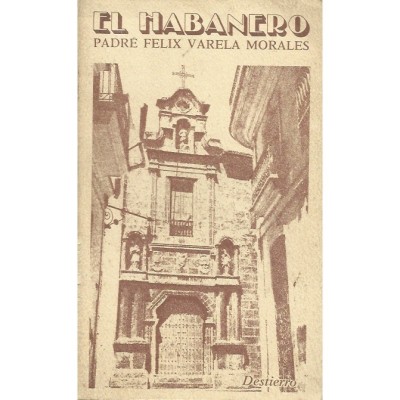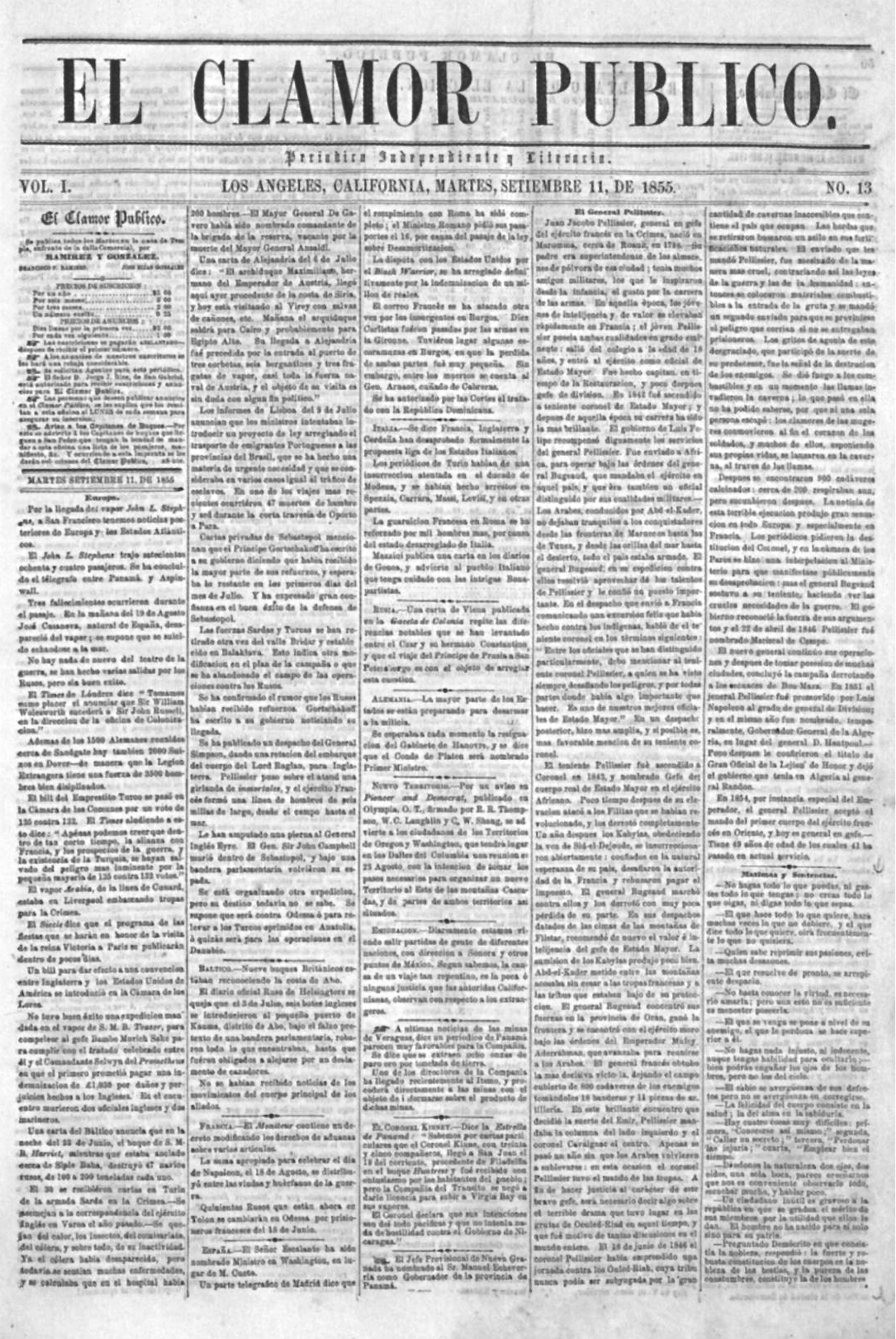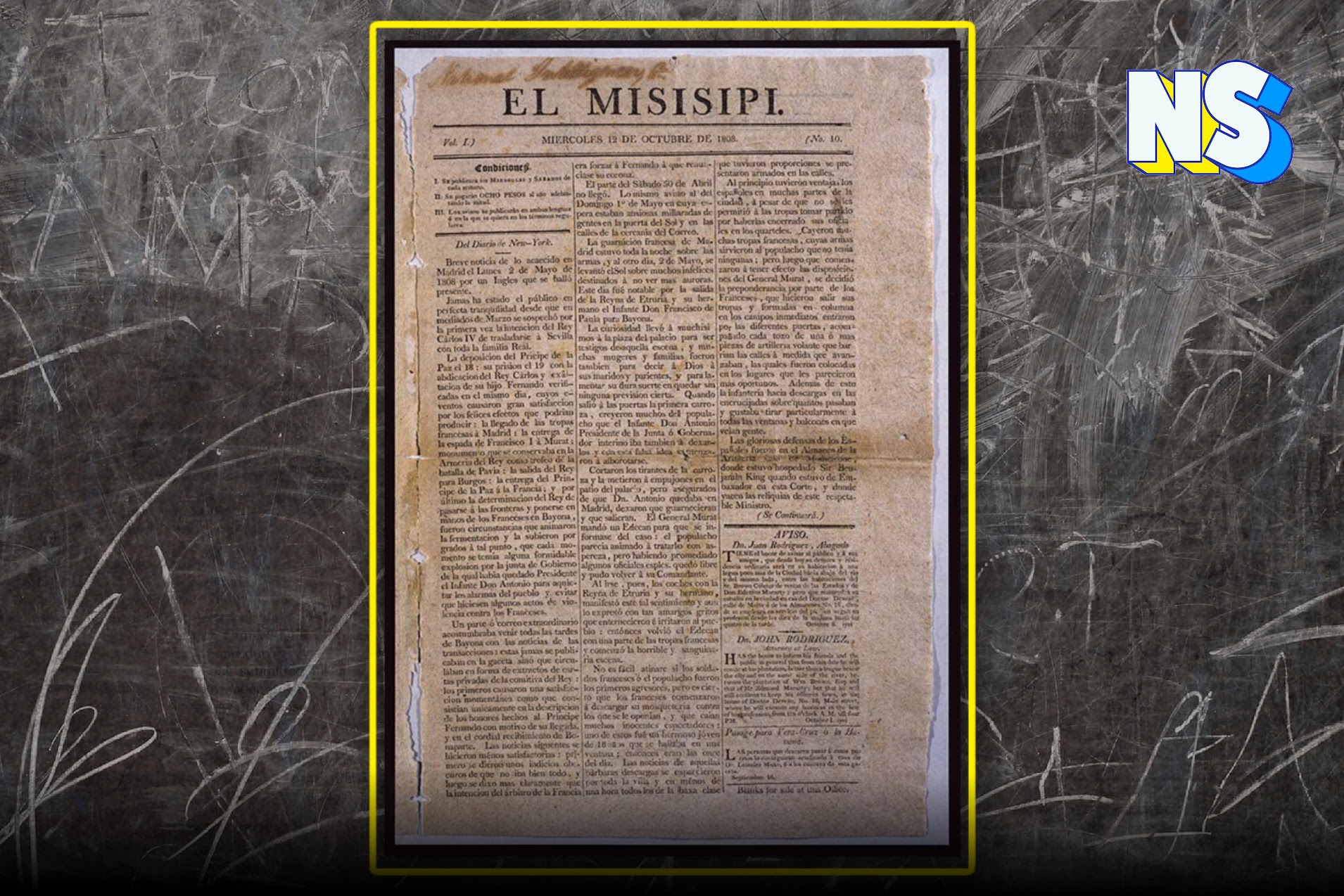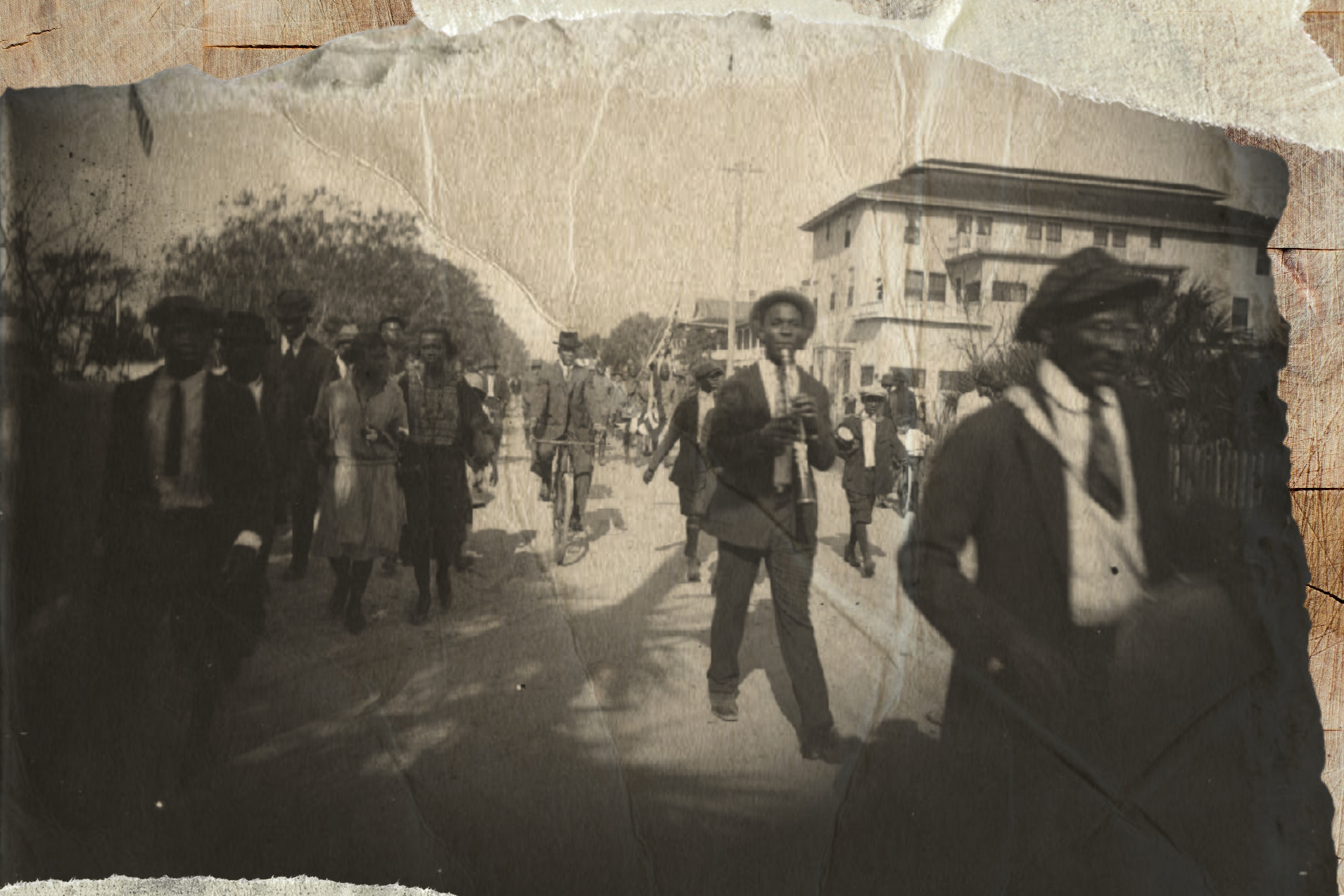Image courtesy of Nuestro Stories.
Today, there are about 60.5 million Hispanics living in the United States, representing 18.4 percent of the total U.S. population.
According to the Cervantes Institute at the Faculty of Arts and Sciences of Harvard University, there are approximately 321 Hispanic digital newspapers in the United States today. According to the Pew Research Center, the average circulation per newspaper of these newspapers remained relatively stable between 2015 and 2019 and currently stands at 100,000.
Now, none of those 315 newspapers would exist today were it not for “El Misisipi,” the first newspaper to speak directly to the Hispanic community in the United States.
The medium of ideas
In 1807, the intervention of Napoleon’s regime in Spain led many Hispanic intellectuals to seek refuge in the United States. New Orleans, especially, was one of the preferred centers of exile for Spanish scholars, followed closely by Philadelphia and New York.
These intellectuals translated the U.S. Constitution and the ideas of Thomas Paine, Thomas Jefferson, James Madison, and James Monroe into Spanish. Still, they also began to write their own ideas and analyses of democracy.
That is why the first Hispanic publications were born in New Orleans, Philadelphia, and New York, the first newspaper being “El Misisipí,” founded in New Orleans in 1808 to advocate for the independence of the Spanish colonies in the New World.
As Professor Nicolas Kanellos of the Brown Foundation explains, mainly through these newspapers, patriots, founding fathers, and philosophers from as far away as Buenos Aires and Lima participated in political movements from American shores.
Although “El Misisipí” was published for only two years, it was the seedbed of a press committed to defending the Spanish language, Latino identity, and racial discrimination.
After “El Misisipí,” the Spanish and bilingual press proliferated, and in 1809, also in Louisiana, “El Mensajero Luisanés” was published. Louisiana was then the epicenter of the bilingual media and would also see the birth of “La Gaceta de Texas” and “El Mexicano,” both newspapers were part of the independence movement.

Voices from the New World
Following the impact of the first bilingual newspapers, other media followed suit as the voices of the New World. Among them:
‘El Habanero’
The Spanish-language press in the United States was not only limited to Spanish exiles. The desire for independence in Cuba and Puerto Rico also gave rise to publications such as El Habanero in 1824. Directed by the priest-philosopher Félix Valera, he criticized the indifference of the Cuban people before the Spanish yoke and promulgated the abolition of slavery through this publication. A year later, Varela would move its headquarters from Philadelphia to New York, where it would publish up to seven issues.
‘El Crepúsculo de la Libertad’
The arrival of the first printing press in the northern provinces of Mexico brought with it the first publications in Spanish. In Santa Fe, one of them was “El Crepúsculo de la Libertad,” published by Mexican lawyer Antonio Barreiro, which lasted only one year, from 1835 to 1836. It was later acquired by Father Antonio José Martínez, who moved it to Taos and began printing educational material, also advocating for civil rights.

‘El Clamor Público’
The increase of the Anglo-American population in California due to the Gold Rush in 1850 made the Hispanic population a minority. At that time, Francisco P. Ramirez, a young writer for the Spanish section of the Los Angeles Star, founded a newspaper that became a benchmark for Latinos: “El Clamor Público” (1855).
“El Clamor” reported how Hispanics were treated as a race apart from Euro-Americans. It also attempted to portray an image of refinement and education through Hispanism. Published weekly for four years, “El Clamor” was a meeting place for Latinos in Los Angeles.
‘La Patria’
We can describe José Martí as a man of arms and letters; he was a pioneer of Hispanic American literary modernism. In 1892 he founded “La Patria,” a weekly newspaper that promoted the cause of the Cuban revolutionary party; to achieve the independence of Cuba and Puerto Rico from Spain through armed struggle. The last issue was published with an article entitled “Obra Terminada” (Finished Work) in 1898, four years after Martí’s death on the Cuban battlefield.
These newspapers were vital for the Hispanic community, not only in the United States but also in the rest of Latin America. Through them, libertarian ideas were expressed, and racial and cultural segregation was rejected. They paved the way for many others to be visible today.





